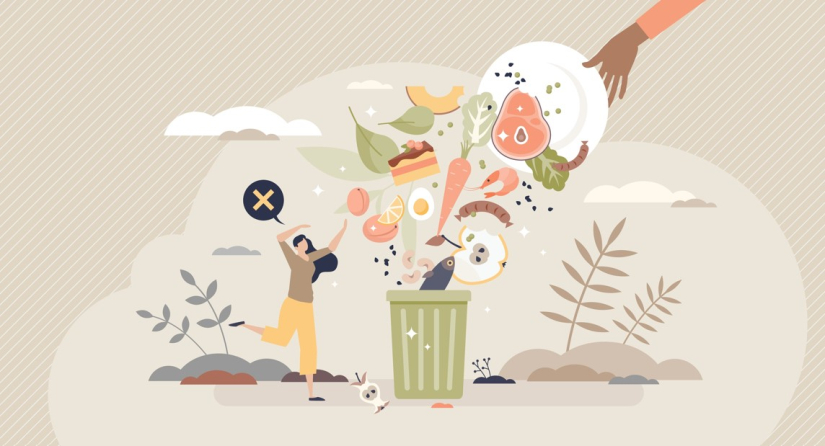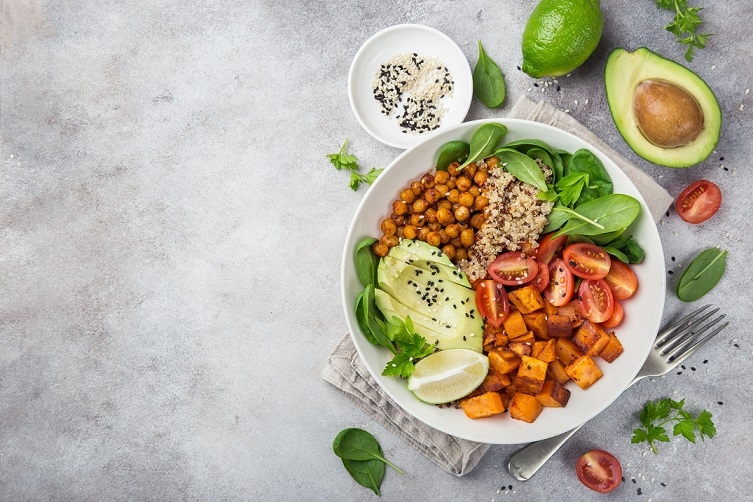Growing at least some of your own vegetables, fruits and herbs is probably the most eco-friendly gardening activity there is. Home-grown food gathered from a garden or allotment travels only a short distance, requires minimal energy input and has a negligible environmental footprint. Garden-grown organic food is free of pesticide residues and is at its nutritional best when eaten.
Food and our environment:
The range of fresh vegetables, salads, fruits and herbs on offer in any modern food store is impressive. Our globalised food industry means that fresh produce from every part of the world is now offered almost all year round – even when it’s out of season where it’s purchased and eaten. A good example is strawberries: we traditionally eat these fruits during summer, when the plants naturally flower and produce fruit, but they can now be eaten on every day of the year, even in the depths of winter.
Modern food systems have delivered incredible choice, but they have also helped to disconnect us from the changing seasons. Although a globalised food system could be considered a sign of progress, it’s increasingly associated with considerable costs in environmental terms, and the growing demand for food is having an accelerating impact on the world around us.
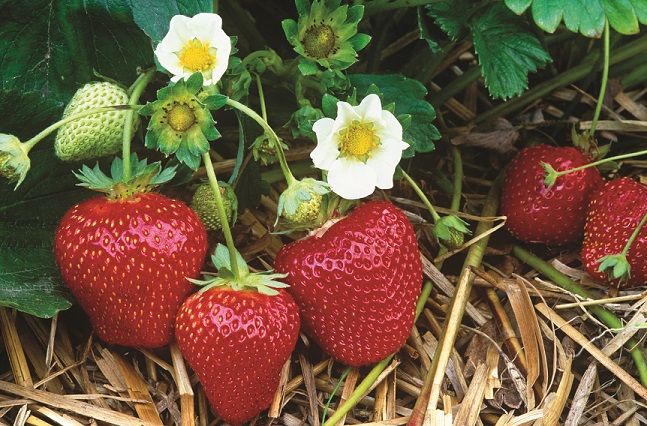
What are food miles?
The distance food travels from where it is grown to where it is eaten is measured in food miles (1 mile is equivalent to 1.6km). The further away it’s grown, the higher the food miles and the more energy intensive the food.
The energy intensity of food:
Fresh food that has been grown organically uses no synthetic, oil-derived fertilisers, pesticides or fungicides. It has travelled the shortest possible distance, does not need refrigerating, has received minimal processing and comes with little or no packaging, and therefore has a low energy intensity. In contrast, food that has been grown using synthetic fertilisers and biocides, has travelled long distances, needs power-hungry refrigeration and is highly processed and packaged – and subsequently marketed – has a high energy intensity. Food with a high energy intensity has almost always travelled the furthest distance, while low energy-intensity food has travelled the shortest. An apple picked in season from your garden has a much lower energy intensity than one imported, out of season (organically grown or not), from the other side of the world.
Environmental footprints:
An environmental footprint is a measure of the resources, such as land, water and energy, needed to grow food. Because food with a high energy intensity demands many different inputs, it has a large environmental footprint. Food you grow yourself has low energy intensity, giving it a tiny environmental footprint, and this is the main reason why food gardening is a key part of more sustainable living. A major concern with globalised food production is the impact on supplies of fresh water. When we import food crops, we also import the ‘virtual water’ it took to grow them. Food crops requiring a lot of water are said to have a large water footprint, while that of garden produce, grown using harvested rainwater, is only small. Because many crops are grown in countries with limited water supplies, exporting virtual water can damage fragile ecosystems. Turning part of your garden over to growing food helps to reduce the energy intensity of what you eat and lightens your environmental footprint.



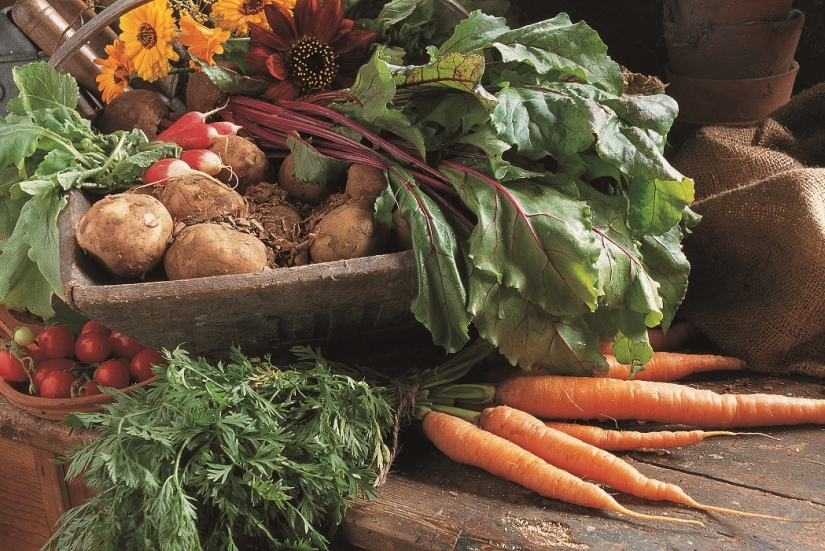

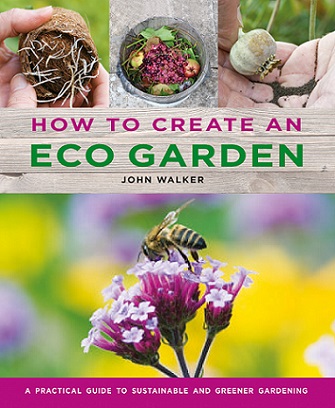
_825_589_int.JPG)
